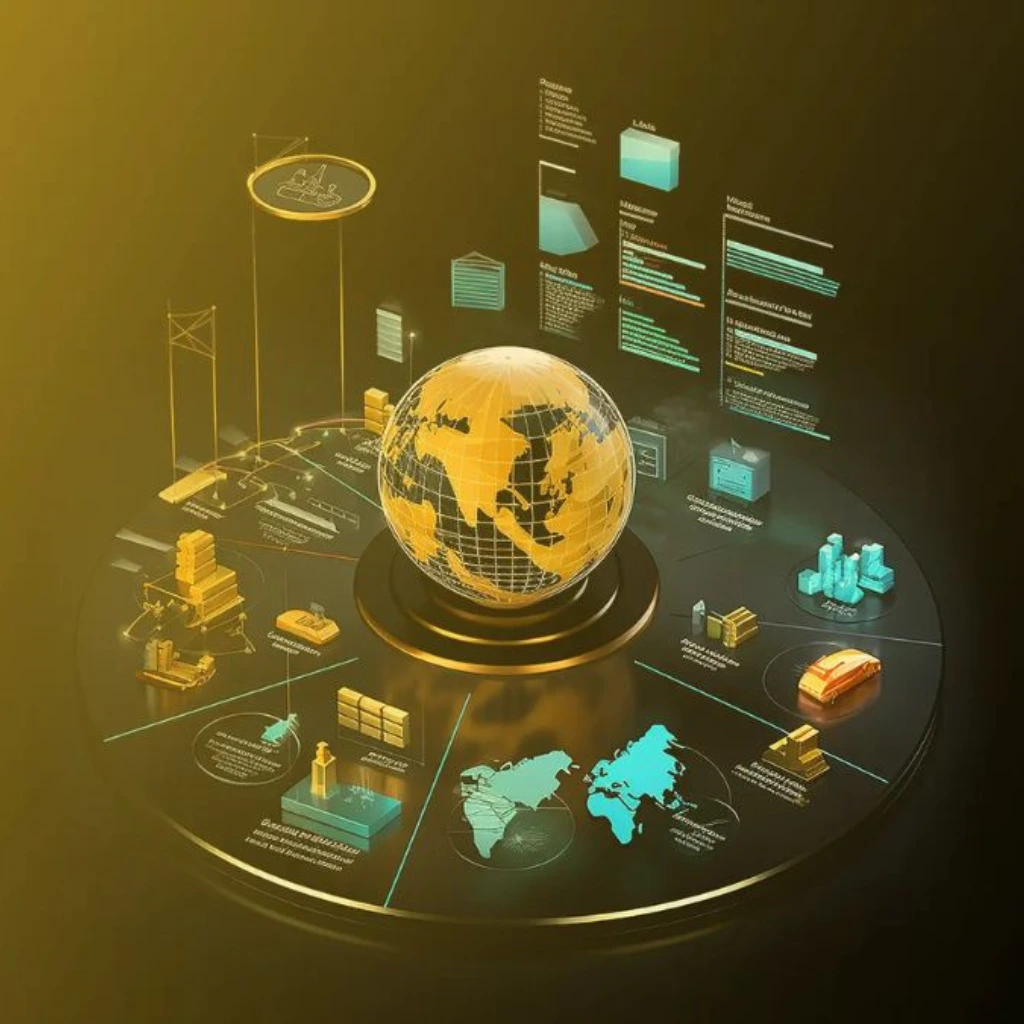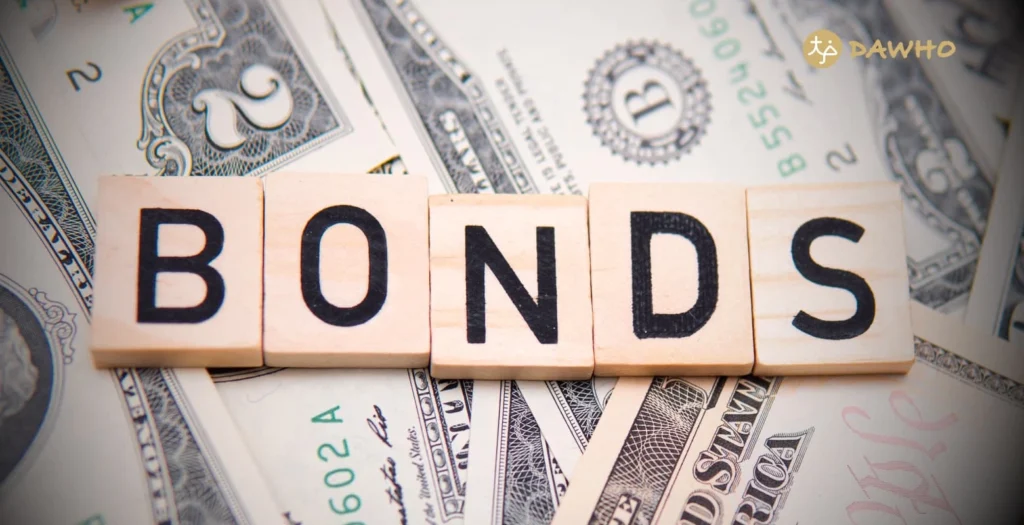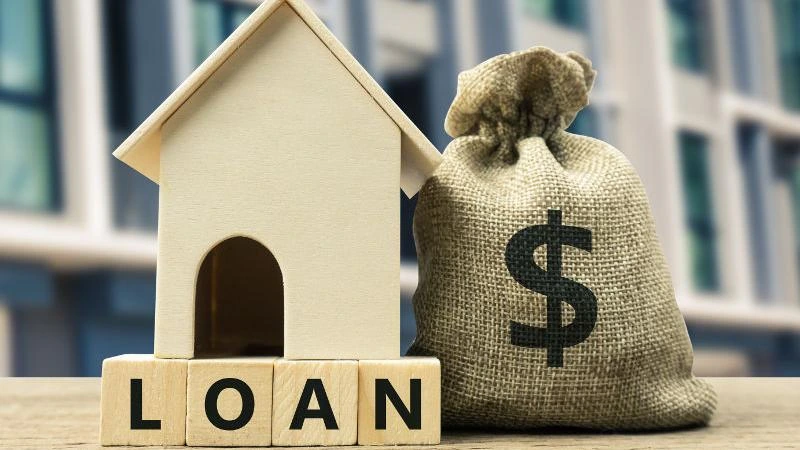A Beginner’s Guide to Tokenizing Real-World Assets: What Actually Makes Sense?
February 6, 2025

What Even Is Tokenization?
Let’s start with the basics: Tokenization is the process of turning real-world assets—like houses, gold, or music rights—into digital tokens that live on a blockchain. Each token represents ownership or rights to part of that asset. But not all assets are created equal. Some are better suited for this transformation than others. That’s why it’s important to understand the ideal RWA types for tokenization—those that offer clear value, legal clarity, and practical benefits when moved onto the blockchain.
So instead of owning a whole building or a gold bar, you could own a slice of it through tokens. Pretty cool, right?
But here’s the catch: Not every asset makes sense to tokenize. In this guide, we’ll walk through the types of real-world assets (RWAs) that actually work well on the blockchain—and why.

Why Tokenize in the First Place in Ideal RWA Types?
Great question. Here’s what makes tokenization appealing:
- Fractional ownership – Own just a piece of a big asset (like real estate).
- Faster transactions – No paperwork headaches or long waits.
- Potential liquidity – You might be able to sell your share more easily in the future.
But the benefits really depend on what you’re tokenizing. Let’s break it down.
Real Estate: The Fan Favorite in Ideal RWA Types
Why it works:
Real estate is hard to buy and sell quickly—it’s expensive and full of red tape. Tokenization helps by letting people invest smaller amounts and potentially trade those tokens faster.
Where it’s happening:
Projects like RealT and Brickblock let investors own fractions of real properties across the world.
Good for beginners?
Yes—especially if you’re looking for stable, revenue-generating assets.


Bonds & Treasuries: Surprisingly Ideal RWA Types
Why it works:
These are already structured financial products, so turning them into tokens is pretty straightforward. They’re predictable and often used by big institutions.
Bonus:
Tokenized bonds can settle in minutes rather than days. Big names like BlackRock are already exploring this.
Good for beginners?
Yes—especially if you’re into safer, lower-risk investments.


Collectibles: A Bit Riskier
Why it works (sometimes):
People are tokenizing things like rare art, wine, and sneakers. If the item is valuable and authentic, tokenization can help with access and ownership tracking.
What’s tricky:
Value is subjective, and verifying authenticity or proper storage can be a nightmare.
Good for beginners?
Only if you really understand the collectible you’re buying. It’s riskier than other RWAs.


Commodities: Especially Gold
Why it works:
Gold is trusted worldwide and has clear, consistent value. With tokenization, you can own gold without ever seeing the physical bar.
What about oil or wheat?
These get trickier. They’re harder to store and regulate, making tokenization more complex.
Good for beginners?
Gold = Yes. Other commodities = maybe not yet.

Intellectual Property & Royalties: The Underdog
Why it works:
Musicians and creators can tokenize things like song royalties or patents. You buy a token, and if the work makes money, you get a share.
Platforms to watch:
Royal and Async are early leaders in this space.
Good for beginners?
Yes, if you like the idea of supporting creators and earning passive income.
So, What Makes a Good Asset for Tokenization?
Here are a few signs that an asset is ready for tokenization:
- It has clear legal ownership
- Its value is easy to measure
- It’s hard to buy or sell traditionally
- There’s demand to break it into smaller parts
- It’s secure or easy to store
If the asset checks most of these boxes, it’s probably a solid fit.
Final Thoughts: Start Simple
If you’re just getting started with tokenization, start with the easy wins—real estate, bonds, or gold. These are well-understood, already have working platforms, and offer clear value.
Some things (like fine wine or digital music rights) are exciting but more complex. That’s totally fine—but make sure you understand the risks.
As blockchain tech grows and laws catch up, more types of assets will become easier to tokenize. For now? Take it one token at a time.
Relevant Link : Here

